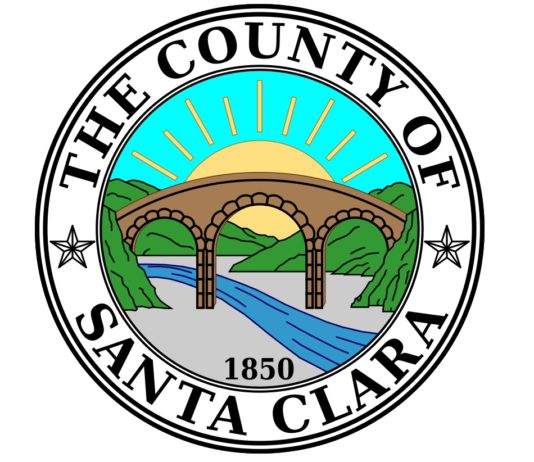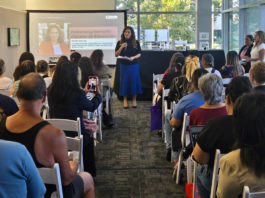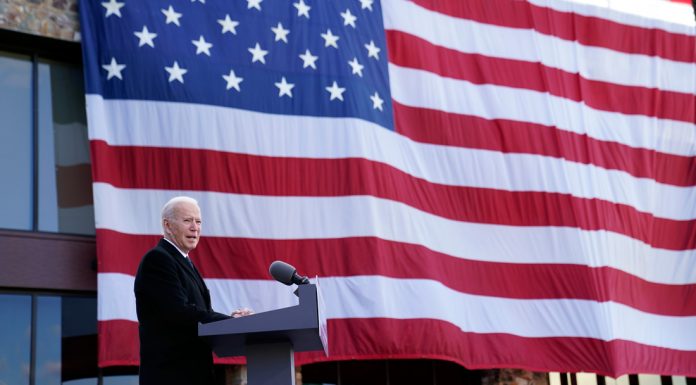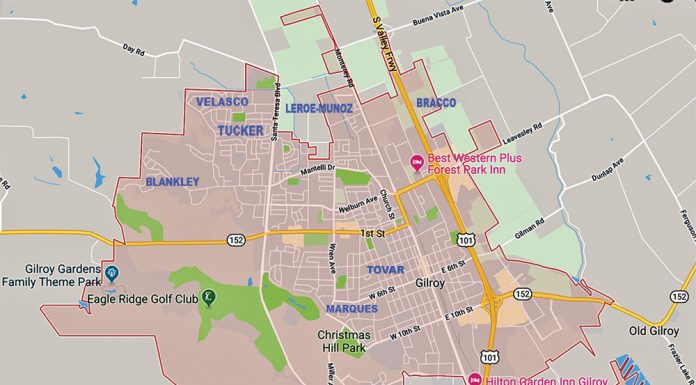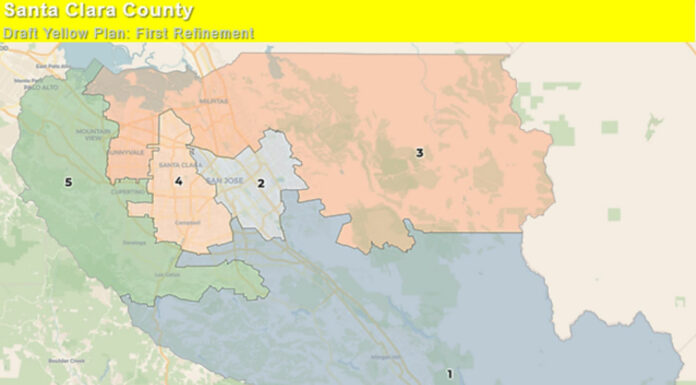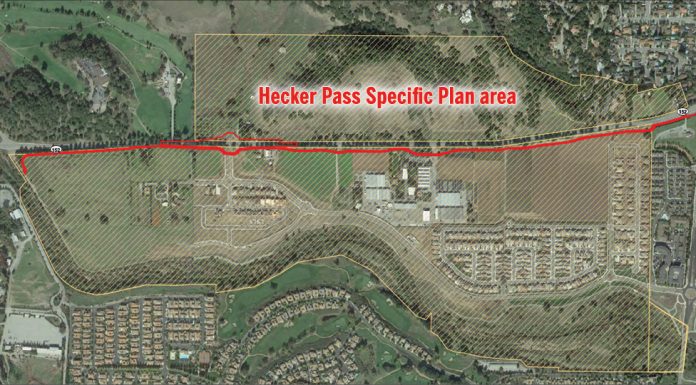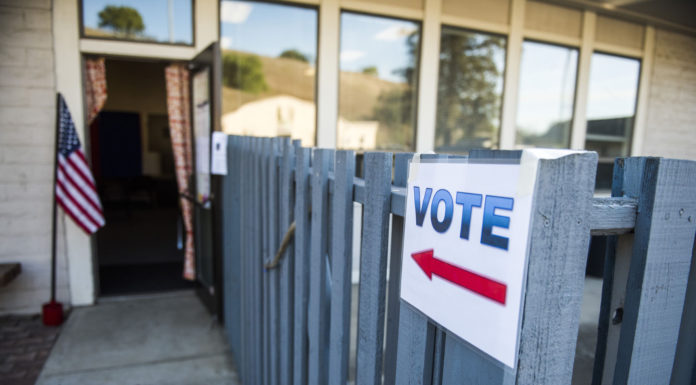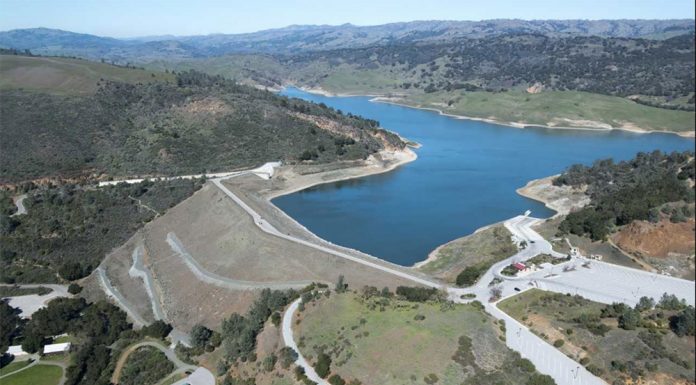Biden sworn in as 46th U.S President
Joe Biden was sworn in as the 46th president of the United States on Wednesday, taking office at a moment of profound health, economic and political crises with a promise to seek unity after a tumultuous four years that tore at the fabric of American society.
City Council matches demographics
Gilroy is becoming increasingly Latino, according to new census reports, and its elected officials match the city’s shifting demographics.
The re-election of Peter Leroe-Muñoz as the Gilroy City Council’s fourth Latino member may enable the city to avoid the kind of dramatic shift to district...
Politicos attack Santa Clara County redistricting map
As Santa Clara County lawmakers prepare to approve new political boundaries, some local politicians are raising complaints about the process.
The Board of Supervisors voted 3-2 earlier this month to advance a proposal for redistricting the county's five political boundaries, choosing the so-called Yellow Map...
Hecker Pass attracts more retail, housing
A San Jose developer will be seeking city approval this year for restaurants, retail shops, residences and a winery building near Hecker Pass Road.
The Gilroy Planning Commision and City Council will review the application from Hecker Pass Commercial LLC for final approval with the...
Santa Clara County DA seeks to resentence death row inmates to life without parole
Santa Clara County District Attorney Jeff Rosen is moving to eliminate the county’s death row, looking to sentence the 15 local men still sitting on it to serve life in prison without the chance of parole instead, according to an April 5 press release.
“Judges...
Rivas holds onto District 30 seat
Incumbent Robert Rivas is headed toward a landslide victory in his race for reelection to the California Assembly District 30 seat.
Gilroy keeps out cannabis sales
Unlike what’s going on in neighboring Hollister, the green dreams of pot entrepreneurs in Gilroy are drying up.
The city has already legislated against medical marijuana dispensaries and will take action in the next few weeks to ban recreational growing and sales of cannabis.
“We have...
Meet the candidates for Mayor of Gilroy
In the Nov. 5 election for Mayor of Gilroy, incumbent Marie Blankley is running for her second term while local business owner Greg Bozzo is challenging her in Bozzo’s first run at a political office.
In Gilroy, the mayor is elected to a four-year term.
In...
Measure S aims to raise funds for water supply, flood control projects
Proponents of Valley Water’s Measure S on the Nov. 3 ballot say the parcel tax is crucial to reinforcing water supplies, flood protection and other priorities for nearly 2 million Santa Clara County residents; but its detractors say the measure lacks details and transparency, and caution that the proposed tax has no sunset date.
#GilroyStrong is community response to festival shootings
As the 41st annual Garlic Festival was in full swing, Christopher Ranch’s executive vice president, Ken Christopher told the Gilroy Dispatch that this year could potentially change the festival forever.
With bigger-name celebrities than ever before, Christopher’s most pressing concern on the festival’s second day...


